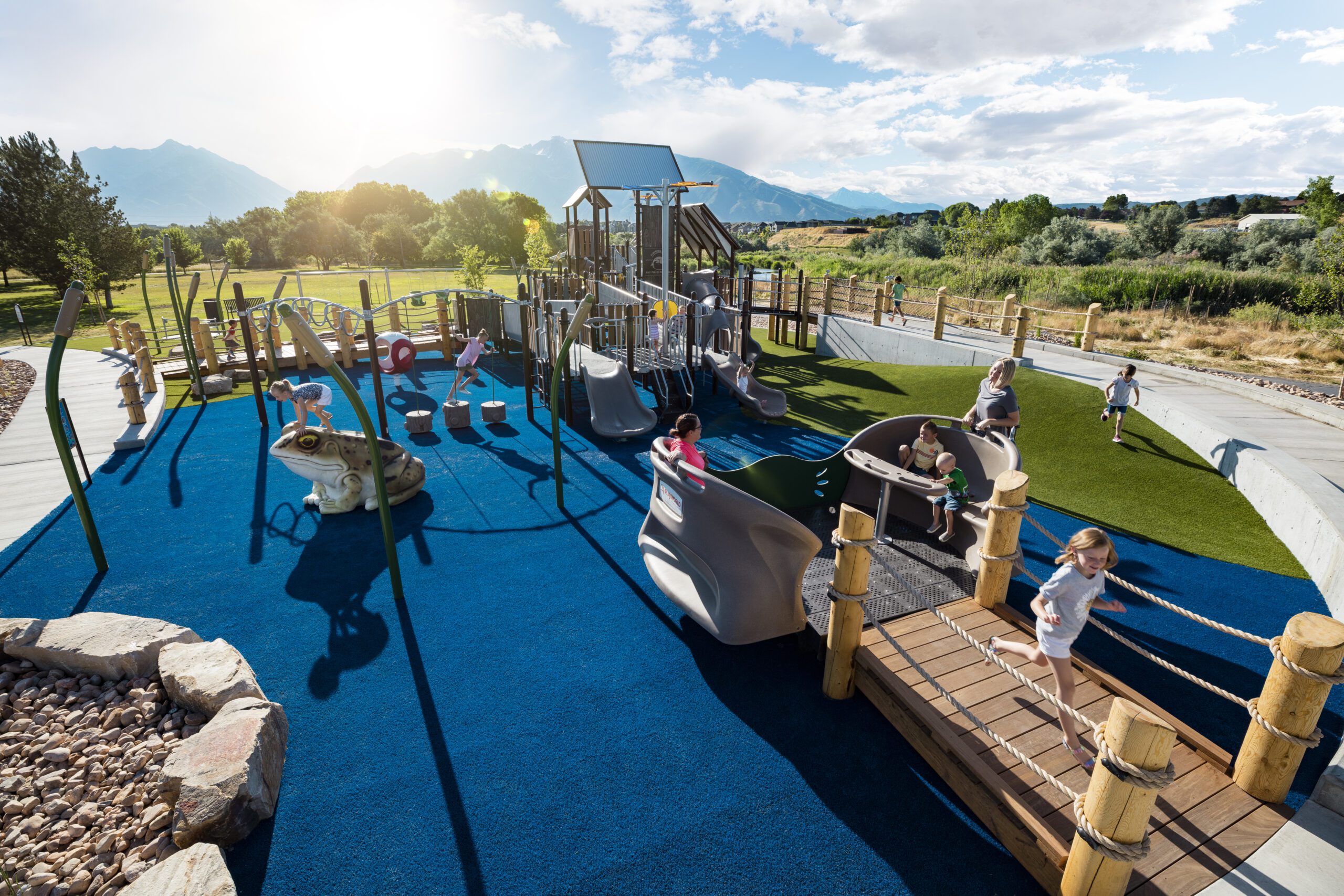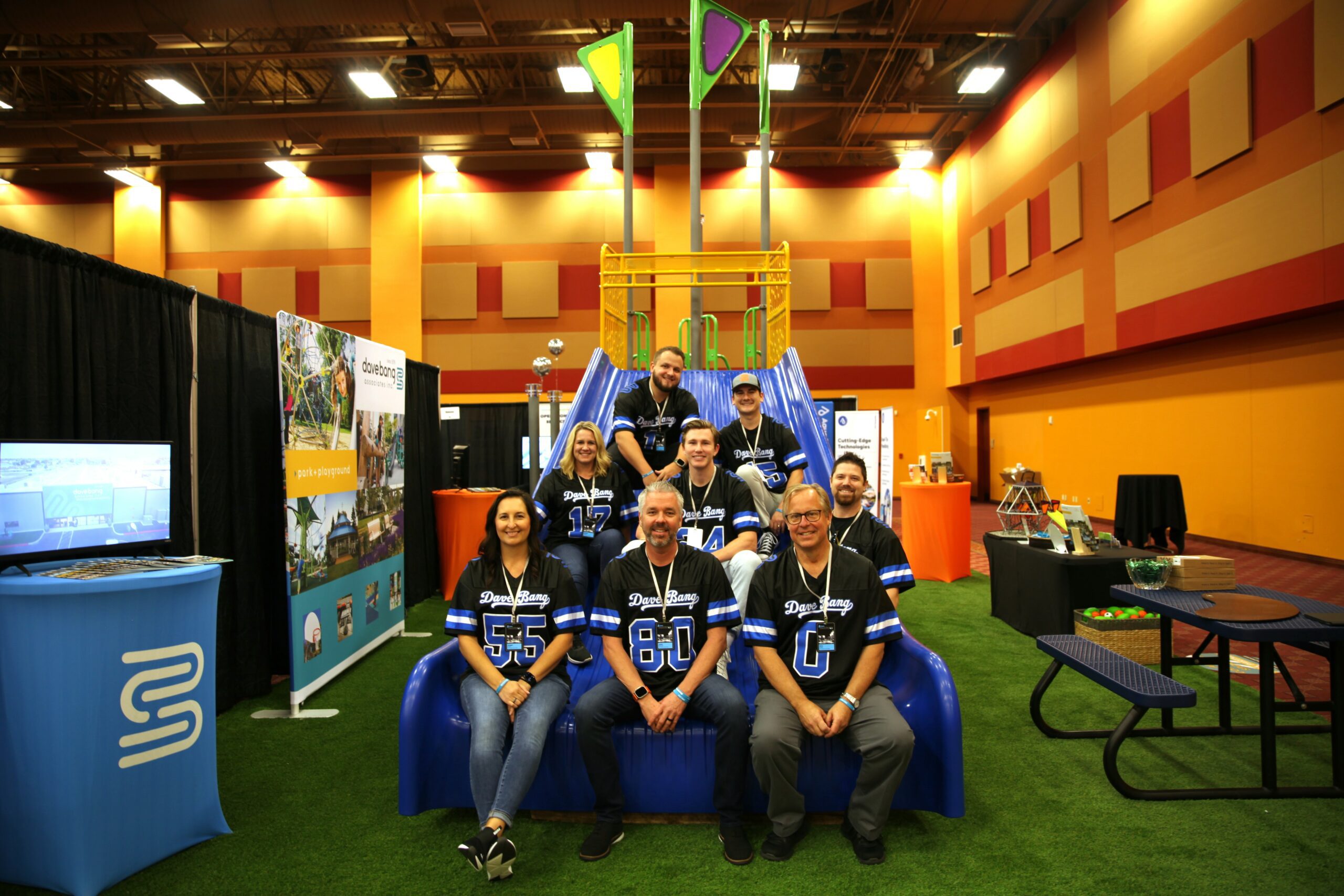The Role of Play in Early Education: A Closer Look at the Importance of Playgrounds
Play is an integral part of a child’s development. It is not just a pastime, but a crucial educational process that helps kids learn and comprehend the world around them. Playgrounds, as facilitators of play, hold significant importance in early education. This article explores how play and playgrounds contribute to early education, creating well-rounded individuals ready to face the world.
The Power of Play
Before delving into playgrounds’ role, let’s understand the profound importance of play in early education. Play isn’t merely a fun activity for children to engage in; it’s also a key developmental tool.
- Cognitive Development: Through play, children understand the world, experiment
with concepts, and develop problem-solving skills. Pretend games can
stimulate imagination and creativity, while puzzle games foster logical
thinking and concentration. - Social and Emotional Development: Play allows children to express their
feelings, understand others, and learn empathy. They negotiate roles,
follow rules, and handle conflicts, fostering cooperation and teamwork. - Physical Development: Active play enhances motor skills, strength, and
coordination. It also helps children understand the capabilities and
limitations of their bodies. - Language Development: During play, children use and learn language to
communicate with peers or describe their actions or environment, enriching
their vocabulary and conversation skills.
Playgrounds: Crucial Platforms for Learning through Play
Playgrounds serve as an arena for unstructured play, crucial for a child’s development. They offer numerous opportunities for learning and growth, making them an essential component of early education.
- Diverse Learning Opportunities: Playgrounds house different types of equipment
– slides, swings, climbing frames, seesaws, and more. Each piece allows
children to engage in different forms of play, from physical activities
that hone gross motor skills to imaginative games that spur creativity. - Encourage Risk-taking: Playgrounds offer a controlled environment where children
can safely take risks – climb higher, slide faster, or balance on a beam.
This ability to assess and take risks is crucial in developing confidence
and resilience. - Promote Social Interaction: Playgrounds are social hubs where children learn
to interact, negotiate, share, and empathize. They learn to play in
groups, wait for their turn, and help others, fostering social skills and
emotional understanding. - Connection with Nature: Outdoor playgrounds expose children to nature, helping
them develop a love for the environment and understand the seasons,
weather, plants, and animals. - Promote Physical Health: In the age of digital distractions, playgrounds
encourage physical activity, contributing to children’s overall health and
combatting issues like obesity.
The Role of Educators and Schools
While playgrounds facilitate play, the role of educators in molding this play into a learning experience is crucial.
- Designing Play Spaces: Educators can contribute to designing play spaces that
stimulate diverse types of play, considering factors like age
appropriateness, safety, inclusivity, and stimulation of various
developmental areas. - Observing Play: Teachers can observe children at play to understand their
development, interests, struggles, and social dynamics. This knowledge can
inform classroom activities and individual support. - Guiding Play: While free play is important, educators can also guide play to
encourage specific learning outcomes. This can be through introducing
rules, roles, or new materials, or asking open-ended questions to
stimulate thinking. - Incorporating Play into Curriculum: Schools can make play an integral part of their
curriculum. Outdoor classrooms, nature-based activities, or playground
time can be blended into the daily schedule to balance traditional
learning with experiential, play-based learning.
In conclusion, playgrounds play a critical role in early education. They are not just spaces for leisure and recreation; they are classrooms without walls, providing endless opportunities for learning and growth. As educators, parents, and policymakers, we must recognize and leverage the power of play in shaping the future of our children. It is through the synthesis of play and learning, where every slide, swing, and see-saw becomes an instrument of education, that we truly harness the potential of our playgrounds.




